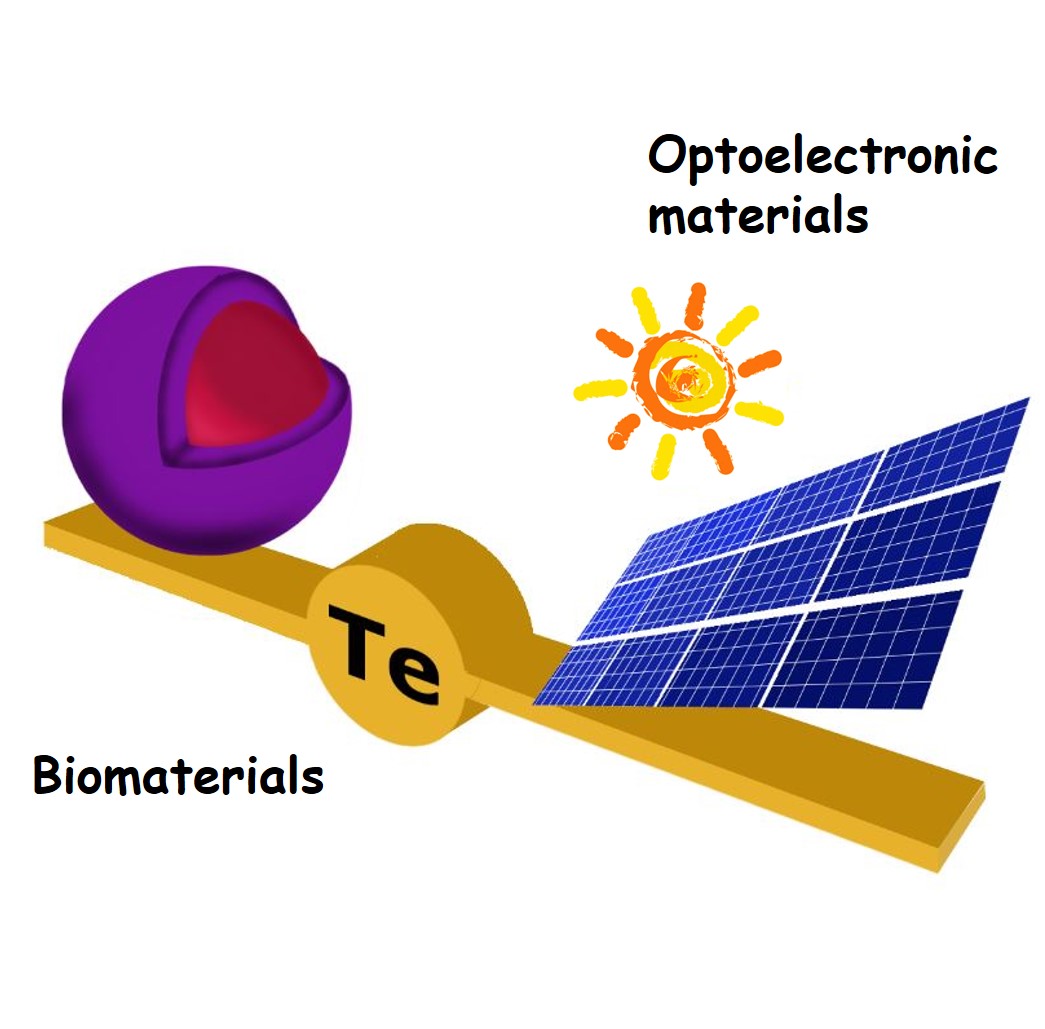Lu Wang, Wei Cao and Huaping Xu
ChemNanoMat, 2016, 2, 479-488.
Tellurium-containing polymers have been increasingly attractive owing to their unique properties as biomaterials and optoelectronic material. The relatively large atom size and low electronegativity of tellurium give tellurium many unique properties, such as coordination ability and redox sensitivity. Introducing of tellurium can endow materials different responsiveness, which makes them possible to be employed as biomaterials. The narrow band gap of polytellurophene also makes it possible to be used in optoelectronic materials. In this focus review, we highlighted a series of recent advances in tellurium-containing polymers. First, tellurium-containing amphiphilic block copolymers were summarized, which can self-assemble to form aggregates with coordination responsive and reactive oxygen species (ROS) responsive properties. Then we described both of tellurophene-containing homopolymers and copolymers, including their synthesis, chemical properties as well as applications in different optoelectronic devices. It is anticipated that tellurium-containing polymers will have more applications in material science.

